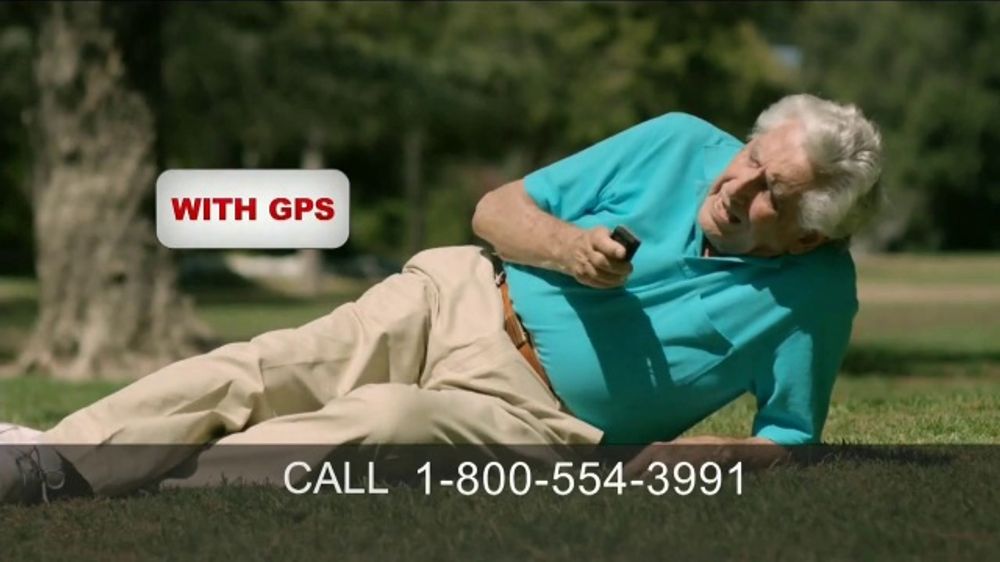
The systems we’ve provided information on below are all monitored, meaning that the call button connects you with someone at a 24/7 dispatching center.īut you have the option to choose a system that isn’t monitored. Someone who is frail and doesn’t leave the house often might not need a mobile system, while an active older adult may want added protection outside the home, says Richard Caro, PhD, a co-founder of Tech-Enhanced Life, which evaluates and reviews products for older adults.Ģ.

This way, if you get lost or press the call button for help but are unable to talk, the monitoring service can find you. These operate over cellular networks and incorporate GPS technology. You can use these systems at home, but they’ll also allow you to call for help while you’re out and about. With these systems, pressing the wearable call button allows you to speak to a dispatcher through a base unit located in your home.īut many companies offer mobile options, too.

Many companies now also offer the option of home-based systems that work over a cellular network for those who might not have a landline. Originally, medical alert systems were designed to work inside your home with your landline telephone.Īnd you can still go that route. Do You Want a Home-Based or Mobile System? When you’re ready to begin shopping for a medical alert, you’ll need to make three decisions that will affect the overall functionality of your system and how much you’ll pay.


 0 kommentar(er)
0 kommentar(er)
